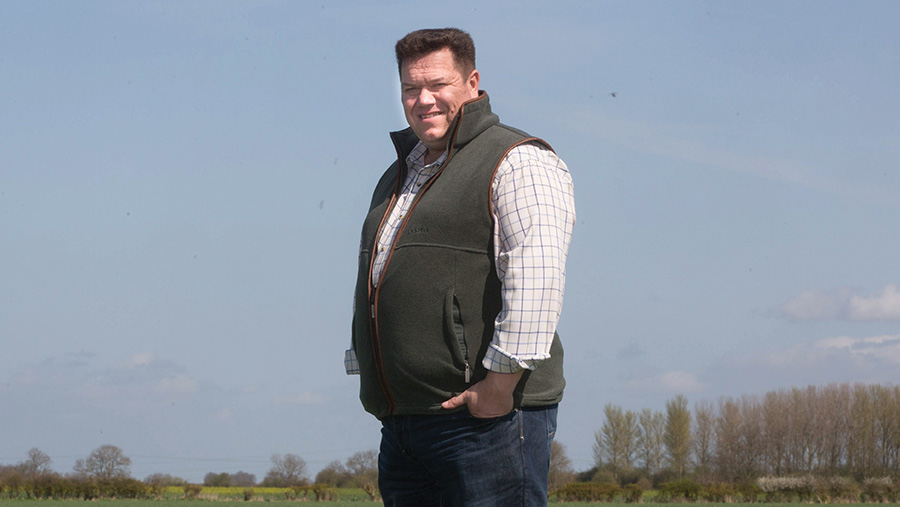Farmer Focus: June drought blamed for poor wheat yields
 © Tim Scrivener
© Tim Scrivener This is the year that just keeps giving. If the weather pattern for the previous growing season wasn’t bad enough, we now find ourselves in a snatch-and-grab harvest, with wheat moistures ranging from 21.25% down to 11.6% over a 72-hour period and back up again due to more rain.
The wet autumn and early spring have resulted in poor root structures on our clays.
Then the drought in June hit crops hard where usually they thrive, leading to poor to average yields at best so far with similar quality.
See also: Why blackgrass is so bad in 2023 and what to do about it
Up to now, we’ve only cut second and third wheats and so I am hoping first wheats will shine. I’m not holding my breath though.
Cultivations have started in earnest, with the mole plough putting in the biggest shift so far. Conditions are perfect and on these clays drainage is fundamental.
The new Fendt 1050 is living up to all expectations, pulling the mole and 12m cultivator with relative ease.
The key to getting the best from the tractor is getting the weight balance correctly matched to tyre pressures.
Thanks to Ian Whitwell from Michelin for getting us set up with the right information.
Back in June I mentioned we had fitted a Redekop seed control unit (SCU) and chopper to our Fendt Ideal combine.
Basically any seed blown off the sieves goes through the SCU and its viability is destroyed to a very high percentage. If there was ever a year it needs such a machine, it is this year.
I’ve never seen so much blackgrass at all growth stages, quite literally from germination to dropping seed, and as heartbreaking as it is to see, at least I know anything going through the combine is destroyed.
The other part of the install is the Redekop MAV straw chopper. We had one of these on our previous Case Axial Flow combines and it was a no-brainer to fit one to the Ideal 10T.
The chop quality is superb and as I’ve mentioned before, when the straw is lacerated lengthways, the bacteria and earthworms can break it down far quicker.


